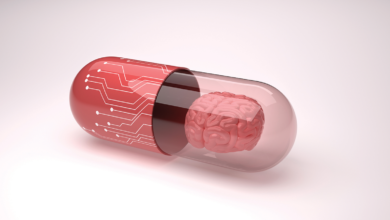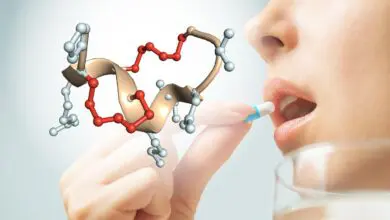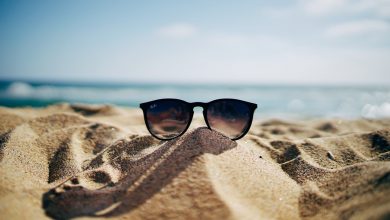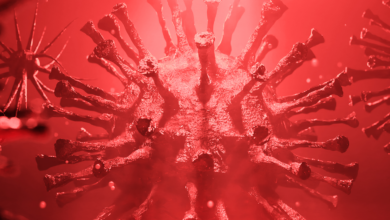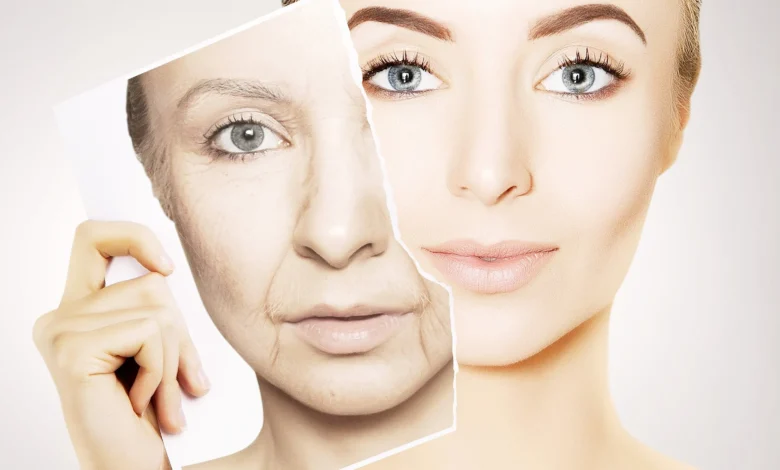
The Future of Anti-Aging: 4 High-Tech Treatments for Ageless Skin
Aging can take its toll. You start to feel more aches and pains, often in places you didn’t know could hurt. And recovering from a minor muscle strain no longer takes a few days. Try a couple of weeks or months.
But one of the biggest worries that comes with getting older is your skin. All those days you spent basking in the sun begin to show. Wrinkles and fine lines pop up out of nowhere. Your eyes look puffy every morning, and there’s sagging around your neck. Plus, your skin can look a little dull.
Nonetheless, the aging process doesn’t have to be all doom and gloom. With advances in science and technology—especially in the area of skincare—there are plenty of treatments to improve your skin’s appearance. It doesn’t matter whether you’re looking to slow down or reverse the signs of aging. There’s a high-tech treatment with your name on it. Here are four treatments worth your consideration.
1. Topical Creams

If you’re over the age of thirty, it’s likely that you’ve tried more than your fair share of anti-aging moisturizers. You go to the drugstore, read the ingredients, and probably notice retinol or a retinol derivative is on the list. Great, it’s the one you want. Perhaps you try a vitamin C serum with retinol to turn it up a notch.
While you’re seeing some results, they’re not what you’re after. You’re a bit disappointed because you were hoping for more. Well, the good news is that there’s something better and stronger. With tretinoin creams, you can get faster, more noticeable results. These creams use the same basic ingredient as retinol — vitamin A. But the potency is prescription strength, helping to smooth out fine lines and boost collagen quicker.
If, like many people, you’re still experiencing skin trouble in the form of acne, tretinoin creams can deliver a double punch. Prescription-strength doses of vitamin A can not only help you look younger by reducing the appearance of fine lines and wrinkles, but they can also help prevent future breakouts. Tretinoin creams can also even out your skin’s pigmentation and reverse photoaging from sun damage. You can learn more about the benefits of adding tretinoin to your skincare routine by visiting Nurx.com.
2. Laser Resurfacing
Laser resurfacing is an in-office option that will require a trip to see a medical professional in person. Because it actively removes layers of skin, it’s not something you want to try at home. Laser resurfacing helps target fine lines, sun damage, and other forms of aging, helping to restore your skin’s youthful glow.
The procedure involves using lasers to penetrate the skin’s layers. Light from the lasers can fade dark spots, stimulate collagen production, and reduce some acne scars. Laser resurfacing can be a good bet if your skin looks uneven. It can balance out your skin’s appearance while treating any loss of skin tone.
One thing laser resurfacing can’t do is get rid of sagging skin. And like most outpatient procedures, it comes with its share of risks. The list of potential side effects increases depending on the type and intensity of treatment you get. Nonablative techniques, more commonly referred to as laser rejuvenation versus laser resurfacing, usually involve fewer, more minor side effects and require less recovery time. On average, the results you’ll get from laser resurfacing will last a few years, according to MedicalNewsToday.
3. LED Light Therapy

If an outpatient procedure isn’t your cup of tea, you might consider at-home LED light therapy. You simply wear a face mask device at home for around five to ten minutes a day. These devices emit LED light pulses to target problem areas.
Some devices use red light therapy, while others use blue light. You’ll also find a few with both red and blue options. Anyone can benefit from LED light therapy, but those looking to address multiple issues at once would benefit most from a face mask device with both types of light therapy. You can reduce acne, age spots, and fine lines at the same time.
The blue light goes after the bacteria that cause breakouts, while the red light targets signs of aging. LED light therapy may also help heal wounds faster and treat other skin conditions like rosacea and eczema, according to the Cleveland Clinic. However, LED light therapy isn’t for everyone. If you have a history of skin cancer or are taking certain medications, like isotretinoin, it’s best to seek other treatments.
4. Microneedling
Microneedling is a treatment you can get in an office or do yourself at home. This treatment uses tiny needles to exfoliate your skin. The microneedles also increase collagen and elastin production. Collagen and elastin are the connective tissues that hold your skin together. You can think of these proteins as the building blocks of your skin cells.
Without collagen and elastin, your skin loses its foundational strength and ability to stretch. It’s why dermatologists use collagen injections to fill in scars and smooth out wrinkles. Essentially, those are places where there’s not enough support to keep the skin even in appearance. They’re depressions where collagen has been lost or damaged. Ice-pick acne scars are an example.
Microneedling facials are treatments you can get in a licensed medical professional’s office. But if your schedule is too jam-packed, you can use at-home microneedling tools. Either way, the exfoliation will get dull, dead skin cells out of the way. Your face will get a youthful glow and feel smoother. With time, you’ll probably also notice that fine lines and scars don’t stand out as much.

High-Tech Treatments To Slow Down Aging
Skin treatments won’t send you back to your teens and early 20s. But they can make it look like you did return to your younger days. While getting older comes with some blessings, aging skin isn’t usually one of them. You can keep your skin looking its best with advances in anti-aging treatments. Whether you choose in-office or at-home procedures, there’s a solution for wrinkles, age spots, sun damage, and more.

